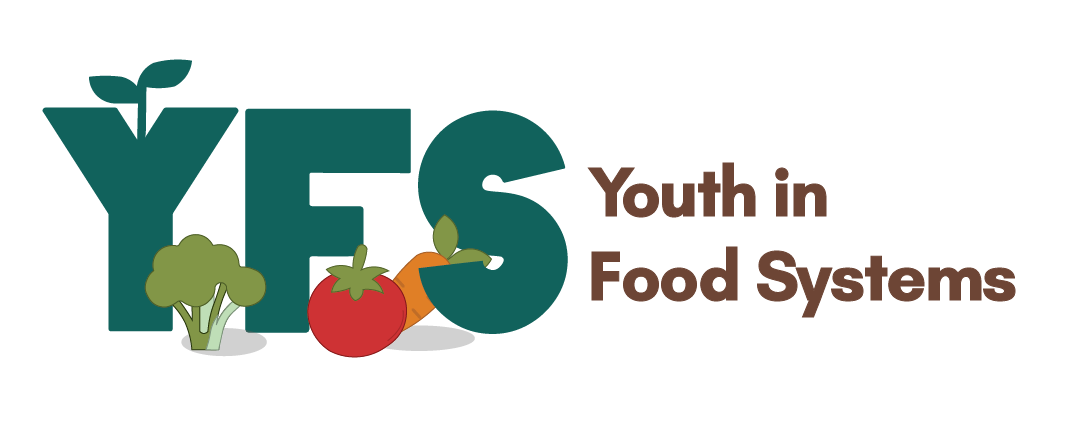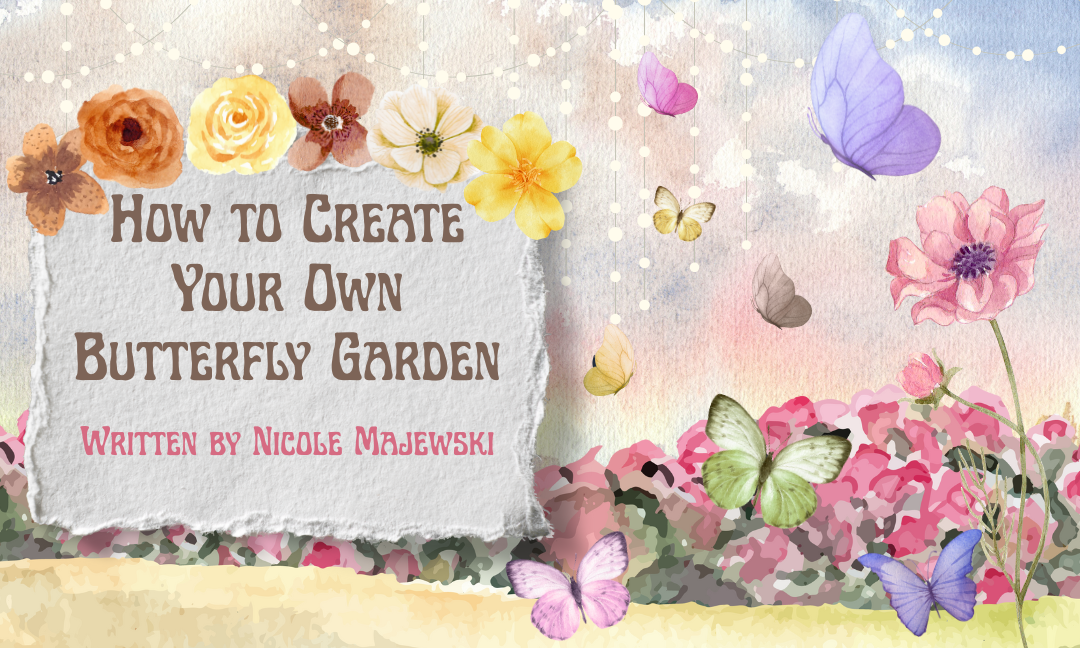Written by: Nicole Majewski
Edited by: Eleanor Jeavons
Designed by: Suhana Shaik
Published by: Rayna Almas
Picture this; you walk out into your backyard, brushing past your usual blooming shrubs, crimson carrots, and half-sprung-up tomatoes, and suddenly come face-to-face with a dream-like scene of magical wings in every hue drifting through the breeze, shining in the morning sun. You smile, because not only are these beautiful insects visually striking, but they’re hugely beneficial to the environment, so you know they’re helping ecosystems just by being there! Sounds like something from a fairy tale, right? Maybe, but butterfly gardens definitely aren’t just fantastical. What’s more, you’re about to learn how to make your very own!
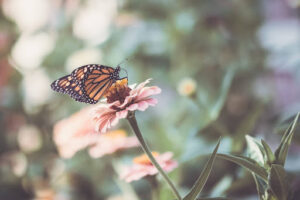
What is a Butterfly Garden?
A butterfly garden is a safe haven that provides butterflies with shelter, food, and water, all in the form of specific plants. The plants of the garden can be grouped into two main categories; host plants and nectar plants, each catered towards a different stage in the life of a butterfly. Nectar plants nourish the adult butterflies, who rely on liquid food sources. But once your butterflies start laying eggs, their own habitat needs to be hospitable for their offspring, too! Host plants are ideal for unhatched eggs to caterpillars, because they provide foliage for shelter and plenty of leaves for them to feed on while they’re reliant on solid food.
How Should I Make My Own?
Before you start designing, you’ll need a location. Your backyard is a great starting point, but there are factors to consider beyond that, even if you only have a small space. You want to set everything up in an area surrounded by as many large plants as possible. These provide shelter from the wind and rain. But at the same time, you need to make sure that the sun reaches the inside of that area easily enough for the cold-blooded butterflies to warm up, and for the plants to grow. At least six hours of sunlight a day is the ideal amount. If you’re having trouble warming up the area, throw in some extra rocks or soil, which should absorb extra sunlight even if it’s only present for a few hours a day.
Additionally, if your ground happens to be slanted or slopey in some areas, choose the spot where water tends to puddle up the most after the rain, as this will be a great water source for the butterflies. Mud that arises from that is an extra bonus, as many butterfly species even prefer mud to plants. If your ground is mostly straight, though, you should consider adding a bird bath to supplement the water source. A plain plant pot filled with water will also work, but you’ll need to change the water often.
Now, the most important part of your garden; your plants! Before you delve into your options, you’ll need to consider the nuances of your area. Different places have different amounts of different species, all of which require different circumstances to attract. Once you’ve researched some common species around you, you might need to revise your “to-grow” list. Be sure that your plants aren’t just coaxing over the butterflies, but also nourishing them—the more nutrients they provide them, the better.
And don’t forget—the more, the merrier! Plant diversity is key for three main reasons:
- It allows flexibility for the butterflies in terms of feeding locations and food sources
- It adds colour variation, which is key. Butterflies have the widest visual spectrum of any animal species, so you’ll have to compete for their attention! (This is best achieved through a mix of bright hues, like red, orange, yellow, pink, and purple.)
- It increases the overall “lifespan” of your garden. Since butterflies migrate all the way from August to mid-October, you need to ensure you have flowers blooming for as long as possible. Your garden should be like a string of dominoes, with each plant in its prime at a different interval to provide a continuous influx of food.
Congratulations, you’re now a butterfly-plant expert and ready to browse some of the best choices for your garden!
- Multipurpose Plants—If your garden is going to be more minimalistic, you’ll want to maximise the purpose in your plants. Luckily, most host plants are also sources of nectar! The golden standard of this definition is milkweed, renowned as a dual sanctuary for butterfly eggs and a nectar heaven for adults. Milkweed attracts a variety of butterflies, but it’s especially perfect for monarchs, who completely depend on milkweed for survival. Some other great choices are stonecrop, yarrow, goldenrod, and lavender.
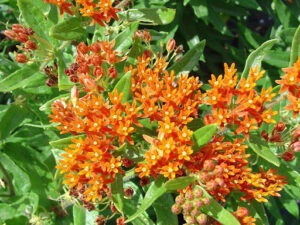
- Nectar Plants—Great food sources include butterfly bush, verbena, sweet alyssum, black-eyed Susan, shasta daisies, English marigold, lilacs, basket of gold, strawflower, sunflower, catmint, and purple coneflower.

- Seasonal Spectacles—To help you attract butterflies as close to year-round as possible, buttonbush is a great choice, as it blooms for the longest period out of anything else on this list. Other great choices, in order from earliest to latest blooming, are False indigo, violets, arabis, forget-me-nots, aster, and Lantana.
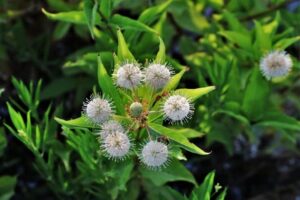
- Add Some Colour—To make your garden extra eye-catching, zinnia, wallflower, and strawflower cover all the tropical hues.
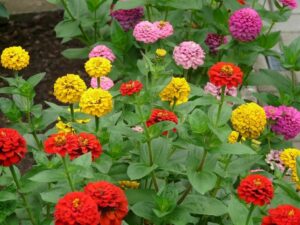
Finally, you might want to leave out some extra food for your butterflies. While nectar and pollen should be more than enough to sustain your butterflies, it’s always a good idea to provide a little extra help in the form of juicy fruits, especially when you’re trying to attract your first guests!
How Do Butterflies Help the Environment?
Butterflies, along with bees, are some of nature’s most important pollinators. Without them, all the flowers and plants that we love—and even rely on—wouldn’t be able to thrive. In fact, about 75% of crops depend on pollination. However, as natural land space decreases due to industrialisation and wetland destruction, the habitats of butterflies are becoming increasingly limited, which has caused populations to decline. By offering a sanctuary in your own backyard, you can provide a space for butterflies to grow, thrive, and eventually lay eggs to form generations to come.
So, if you’re ready to help save one of nature’s most important species whilst turning your ordinary backyard space into a scintillating sanctuary, a butterfly garden is perfect for you!
References
https://www.gardendesign.com/landscape-design/butterfly-garden.html
https://davidsuzuki.org/living-green/how-to-create-a-butterfly-garden/
https://kids.nationalgeographic.com/nature/article/-build-a-butterfly-garden
https://www.gardendesign.com/plants/butterfly-garden.html
https://canadiangeographic.ca/articles/how-to-build-a-butterfly-garden/
Image References
https://negativespace.co/butterfly-insect-perched/
https://itoldya420.getarchive.net/amp/media/butterfly-milkweed-7369483830-40eec5
https://itoldya420.getarchive.net/amp/media/zinnia-flowers-colorful-11b05b
https://www.publicdomainpictures.net/en/view-image.php?image=349571&picture=buttonbush-and-bee
